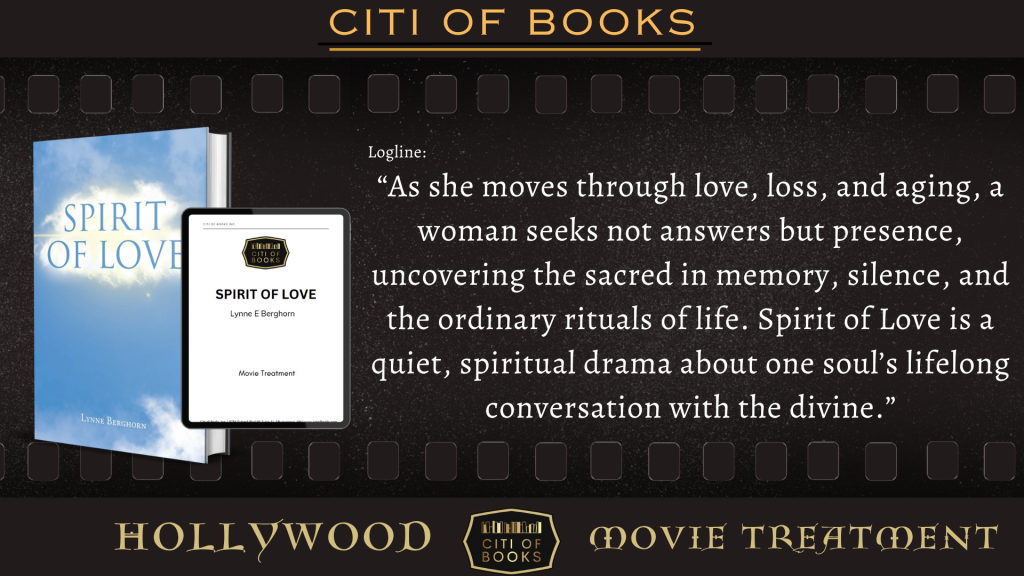
A movie treatment presents the idea of the film before writing the entire script. It highlights the most important information about the film that came from the book; it includes the title, logline, story summary (that may be presented as three-act movie plot summaries), and character description. Treatments also give authors the chance to condense their story concept so they can pitch it to studio heads or producers who might want to fund the movie.
“Spirit of Love” by Lynne E Berghorn received the Book to Hollywood Movie Treatment after the successful movie script coverage that was previously written for the book. Considering the suggestions from the first level of writing a screenplay, the movie treatment shows the flow of the story that’ll be good on screen as it shows the thrill and suspense of how the characters deal with the conflict.
“Spirit of Love” is a deeply personal poetry collection that explores themes of spirituality, romantic longing, and emotional healing through nearly a hundred poems. The collection opens with an intimate portrayal of the speaker’s relationship with God, depicted as a loving companion rather than a distant figure. Poems such as “Dancing with God” and “God’s Song” express a yearning for closeness with the divine, illustrating how faith can provide clarity and strength during uncertain times.
Although “Spirit of Love” does not follow a traditional narrative structure, each poem contributes to an overarching emotional and thematic framework that captures the speaker’s journey through love, loss, and healing. The poems reflect a life observed in fragments, moving through childhood memories, romantic intimacy, and spiritual seeking, with a recurring rhythm of hope and emotional recovery. This emotional progression could serve as a foundation for adaptation into a visual or performance-based work, requiring a more defined arc to convey the speaker’s growth.
Nature plays a significant role in the collection, serving as a reflection of the soul and a divine message. Through vivid imagery, Berghorn uses the natural world to mirror internal emotions, while later poems address themes of mental health, aging, and personal growth. The absence of a central conflict presents both challenges and opportunities for adaptation, allowing for the creation of an internal plot that follows the speaker’s journey toward deeper faith.
With careful consideration, “Spirit of Love” could evolve into a powerful film or stage piece that resonates with audiences through emotional recognition, though it may require a clearer external storyline to enhance its impact.

